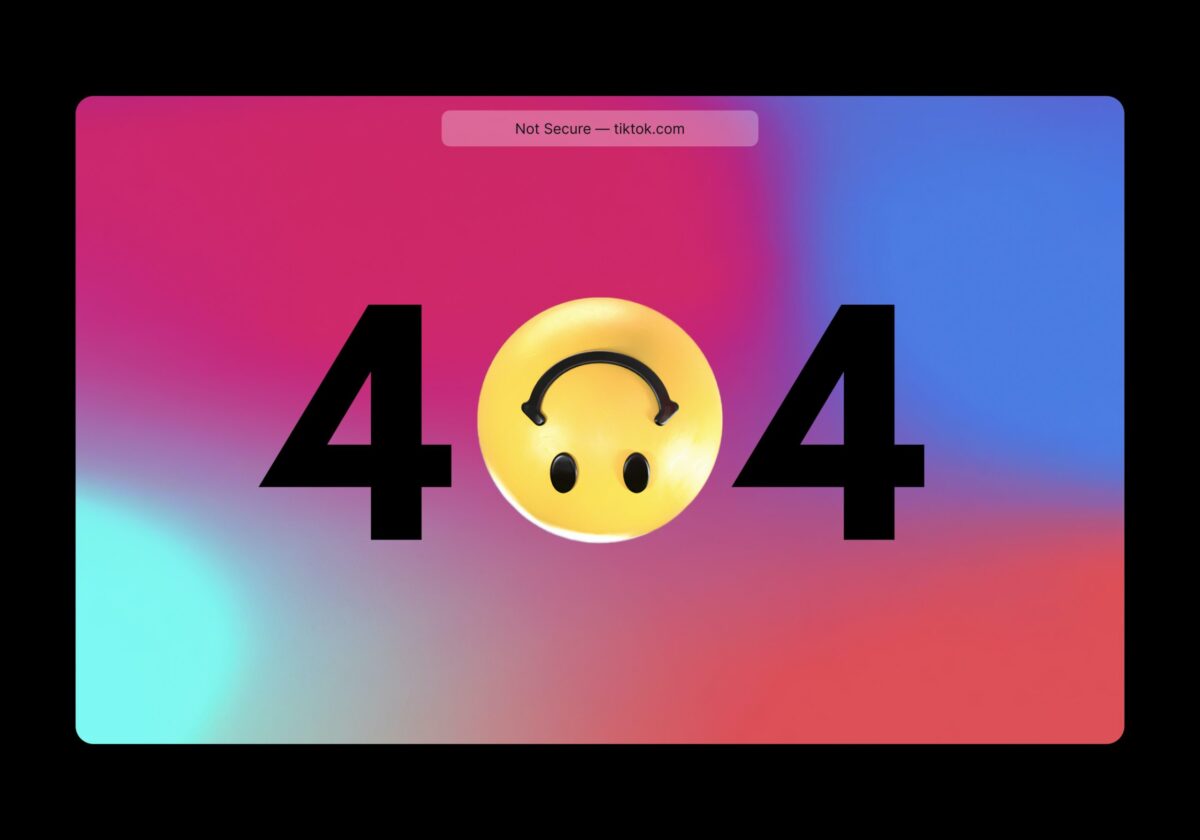
In two recent blogs I have attempted to address the serious leadership responsibility of managing the variation in trust to produce desired results. This is the third part of a 4-part series of blogs to provide a framework for a predictable method for building and maintaining trust. The method needs to be actionable and predictable. We can’t just wait for trust to be created. It’s too valuable for organizational performance and when it’s lacking, the damage is fierce.
A predictable method requires two important sets of ideas. The first is an appreciation of the right definition of trust. We adopted The International Association of Business Communicators definition of trust: “a willingness to be vulnerable because of the presence of integrity, concern, competence and shared objectives.”[1]
Second, we need an effective leadership structure. THINK – BEHAVE – IMPROVE (TBI) is a set of ideas which help us to appreciate how an optimum leader thinks, how an optimum leader behaves and how an optimum leader acts to improve the system within which they operate. In this blog we will expand and clarify the BEHAVE portion of the structure.
We have seen organizations achieve incredible success with leaders who exhibit questionable behaviors. There are numerous stories about the petulance of Steve Jobs. Some days he was ‘good Steve’ and other days ‘bad Steve’. Steve Jobs was well known for exaggerated emotional outbursts laced with profanity. Yet still, Apple has been amazingly successful and, as of this writing, is the most valuable company in the Fortune 500 (capitalization).
How does one explain the valuation of Uber in the face of recent leadership issues and the resignation of one of the founders because of sexual harassment and discrimination accusations? As of this writing, Uber is estimated to be worth $70 billion and is known to have upended how people think about and use personal transportation.
These stories beg the question, “how can a leader(s) achieve such amazing success while behaving so inappropriately?” It’s frustrating to many, including myself, to know that inappropriate behavior by leaders can still occur concurrently with incredible financial success. It’s a paradox. The answers lie in the interaction between strategy and culture and the priorities of the leadership at the time namely, the desire for short-term vs. long-term success.
The famous quote, “Culture eats strategy for breakfast” was originated by Peter Drucker and made famous by Mark Fields, President at Ford. This thought helps set the stage for us here to help provide some answers and lead us toward how we can manage the variation of trust. The point of Drucker’s quote is both the culture of an organization and its strategy interact to achieve success. They are interdependent. One will influence the other. Culture will eventually either undermine the strategy or support it. Overtime culture wins.
We can look back at our two stories and point to examples. If it’s true that the leader(s) of an organization influences the culture, then we can point to how Steve Jobs evolved. It can be shown that Jobs behavior softened over time. We can make the case that the earlier culture of Apple also evolved to help support their aggressive strategy.
Recent articles about Uber reveal that they changed their core values. Those closest to the organization describe the how the original core values often led to inappropriate behaviors including competition between colleagues.
The key answer to long-term success is consciously managing culture to support strategy. This is our purpose with this series of blogs. By providing a structure and method to manage the variation in trust the culture will support strategy. There is no reason why this can’t happen concurrently with start-ups and/or company transformations. In an earlier blog (Part 1) the point was made that leaders often don’t focus on managing trust because their theory of trust is incomplete, and therefore their methods of building and maintaining trust are often ineffective.
The key question is, “How can we create a culture of trust which will support long-term success through the positive support of an aligned strategy?” The answer: “We must develop aligned core operational values and then provide consistent feedback about those values behaviors.”
When the core values of an organization are operationalized, they provide a description of specific and observable behaviors. For example, our point is it’s not enough to just say, “We behave with integrity” or, “We respect each other”. The leadership needs to define exactly what that looks like. Otherwise, it is difficult, if not impossible, to provide credible feedback when needed. The feedback needs to be timely and credible otherwise it is a waste of time.
There are three operationalized values which help leaders and staff to behave with trust. They are Integrity, Respect, and Customer Focus. Here are some examples of the observable behaviors that can describe these values.
- Integrity: making only agreements we are willing and able to keep and communicating immediately if those agreements cannot be kept.
- Respect: Treat others as we would like to be treated; listening with the intent to understand without interruption; expressing empathy as needed.
- Customer Focus: Ask clarifying questions to be sure we understand what customers need; proactively making recommendations that will better suit their needs
These are only examples. The statements above only begin to describe the behaviors which will enable everyone in an organization to manage their own behaviors first and to provide feedback to each other because the behavior is observable. More details are needed and are always created in the planning phase of a “creating a culture of trust” initiative.
When the desired behavior is observable it is relatively easy to express appreciation when its seen. Furthermore, it’s just as easy to provide feedback when it is not. Providing of feedback enables everyone to contribute toward managing the variation in trust.
The three operational values of integrity, respect, and customer focus align perfectly with the adopted definition of trust. The four key elements in our definition of trust are integrity, concern (a demonstration of respect), competence, and shared objectives. Integrity in the operational values of course, aligns with ‘integrity’ in our trust definition. Respect aligns with ‘concern’ and customer focus aligns with ‘competence’ and ‘shared objectives’.
The consequence of this alignment is powerful. Everyone now has the ability (and even the obligation) to observe behavior and either express appreciation or provide feedback for optimum learning. Now we have the structure and the behavior we need to begin to manage the variation in trust. Now we are closer to our intended purpose.
Leaders who start businesses and/or who are reinventing their businesses must focus on strategy to achieve results. If we believe that “culture eats strategy for breakfast”, leaders can now concurrently create a culture of trust along with their new strategy. The results can be achieved more quickly and with less waste because poor behavior does not get in the way and slow them down. Strategy will be nourished with “breakfast”.
Wally Hauck, PhD has a cure for the “deadly disease” known as the typical performance appraisal. Wally holds a doctorate in organizational leadership from Warren National University, a Master of Business Administration in finance from Iona College, and a bachelor’s degree in philosophy from the University of Pennsylvania. Wally is a Certified Speaking Professional or CSP. Wally has a passion for helping leaders let go of the old and embrace new thinking to improve leadership skills, employee engagement, and performance.
[1] International Association of Business Communicators (IABC) by Pamela Shockley-Zalabak, Ph.D., Kathleen Ellis, Ph.D., Ruggero Cesaria


















